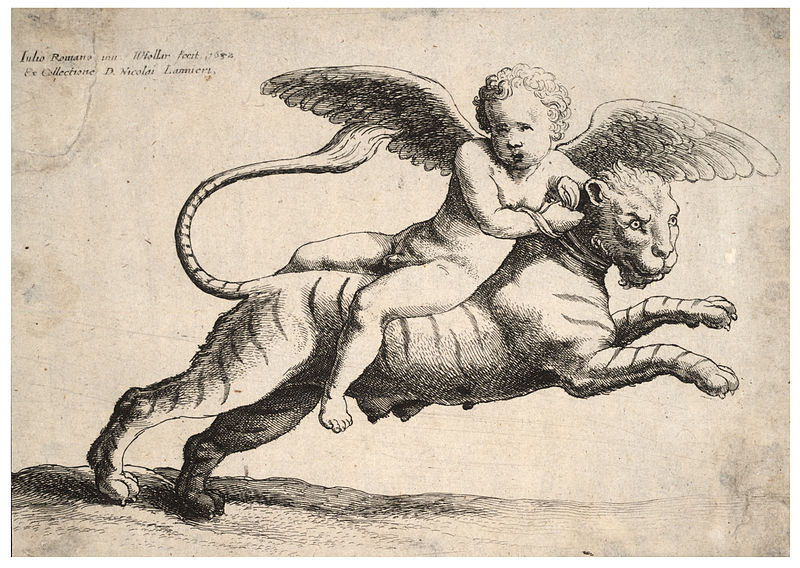
Do the big cats like catnip, too? That is what the zoo folks wanted to know back in 1897. The answer? They sure do. There has even been more recent research into big cats and catnip. They found that while caged cats enjoy some catnip, other toys keeps them occupied for longer lengths of time.

Catnip At The Zoo
Tigers And Jaguars Get Their First Taste of the Herb
An armful of fresh green catnip was plucked from the golf grounds of the Exmoor Club at Highland Park. It was taken to Lincoln Park and permission was asked of Animal Keeper DeVry to try the effects of the green stuff on the feline members of his family. This herb, which does not grow, so far as is known, in the haunts of the cousins to the cats, created a great sensation at the zoo. Perhaps the most astonishing incident connected with the tour of the cages happened just as the visitor with his big bundle of catnip left the office of the keeper in the animal house. The scent of the plant filled the whole place, and as soon as it had reached the parrot’s corner the two gaudily attired macaws set up a noise that drowned thought and made for the side of the cage, poking their beaks and claws through. When the catnip was brought near them they became nearly frantic. They were given some and devoured it, stem, leaf and blossom, with an avidity commensurate with the noise of their voices.
The keeper and the catnip carrier then made for the cage of Billy, the African leopard. Now, Billy, so far as is known, had never before smelled or seen a leaf of the plant. Before the front of his cage was reached he had bounded from the shelf whereon he lay, apparently asleep, and stood expectant, alert, and with brightened eyes at the bars of his cage. This African exotic went simply insane. The man with the catnip purposely waited a few minutes before he poked any of the green leaves and yellowish-white flowers of the plant through to the big cat.
Finally a double handful of catnip was passed through to the floor of the den. Never was the prey of this African dweller in his wild state pounced upon more rapidly or with more absolutely savage enjoyment. First Billy ate a mouthful of the catnip, then he lay flat on his back and wriggled his sinuous length through the green mass until his black spotted, yellow hide was permeated with the odor of the plant from shoulders to tail tip. Then Billy sat on a bunch of the catnip, caught a leaf laden stem up in either paw and rubbed his cheeks, chin, nose, eyes and head. Heated with his exertions, he exuded catnip at every pore. He ate an additional mouthful or two of the stuff, and then jumped back to his shelf where he lay, the very picture of satiety and contentment.
In the tigers’ cage there is a very young but full grown animal, captured within eighteen months in the jungles of India. He is a powerful brute, and one with which even the keepers do not seek a close acquaintance. When this great, surly beast inhaled the first sniff of the catnip he began to mew like a kitten. Prior to this the softest note of his voice had been one which put the roar of the big-maned South African lion to shame. That vicious tiger and his kindly dispositioned old mate fairly revealed in the liberal allowance of the plant which was thrust into their cage. They rolled about in it and played together like six week old kittens. They mewed and purred, evidently discussing the question as to what this strange plant was which gave them a variety of pleasure never before experienced. They tossed it about, ate of it, and after getting about as liberal a dose as had Billy, the leopard, they likewise leaped to their respective shelved and blinked lazily at the sun.
The big lion Major, was either too dignified or too lazy to pay more than passing attention to the bunch of catnip which fell to his lot. He ate a mouthful or two of it and then licked his chops in a “that’s not half bad” way, and then went back to his nap. The three baby lions quarreled over their allowance and ate it every bit, but they could not be beguiled, despite their tender years, into frolicking over the presence of the plant.
Source: New York Tribune. Newspaper. November 28, 1897.

